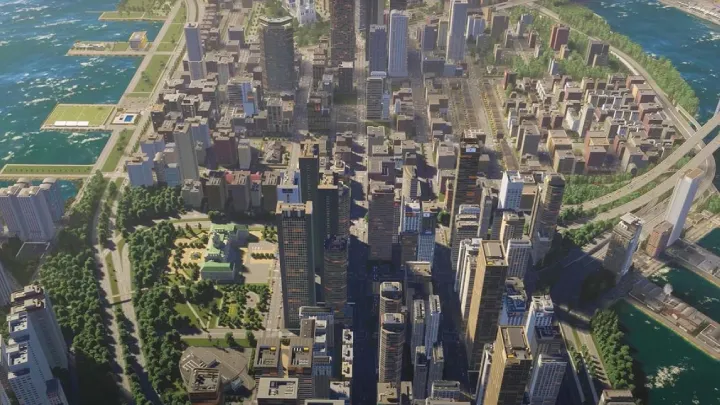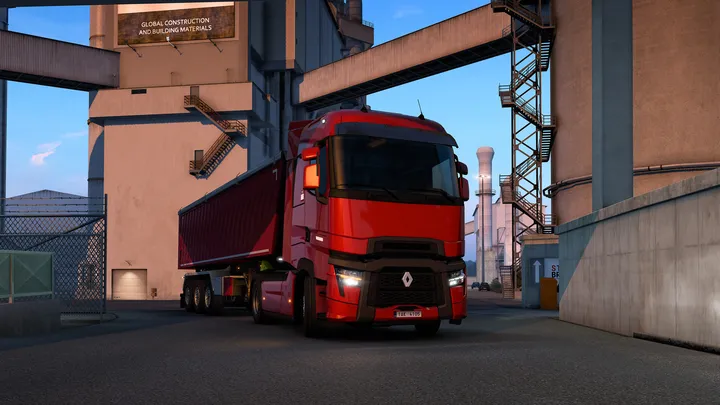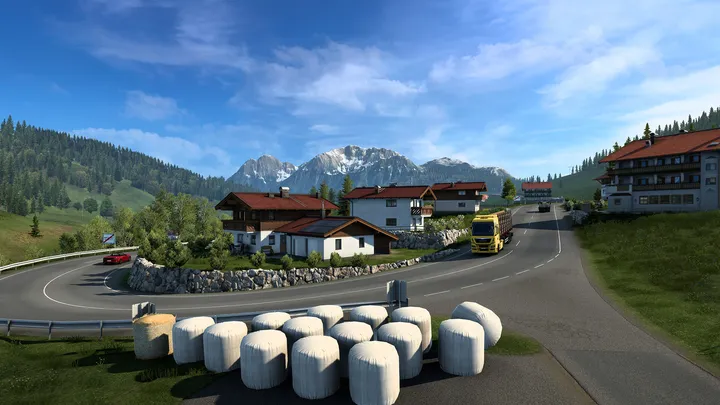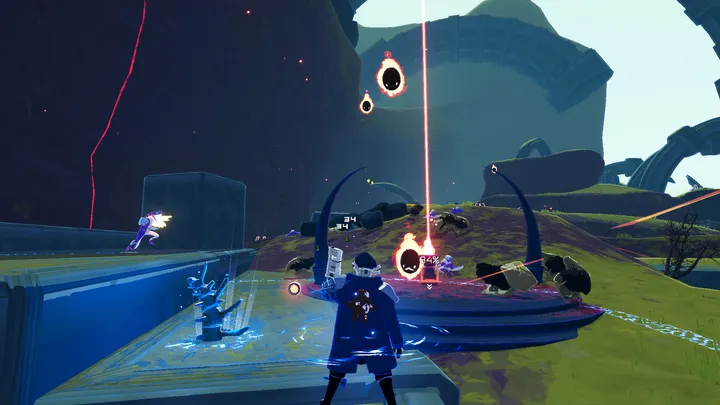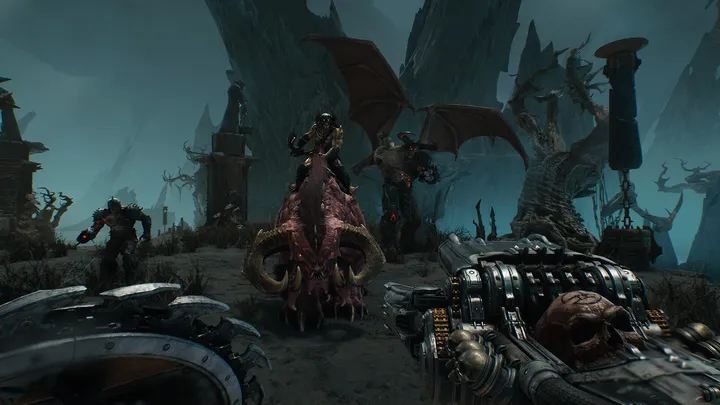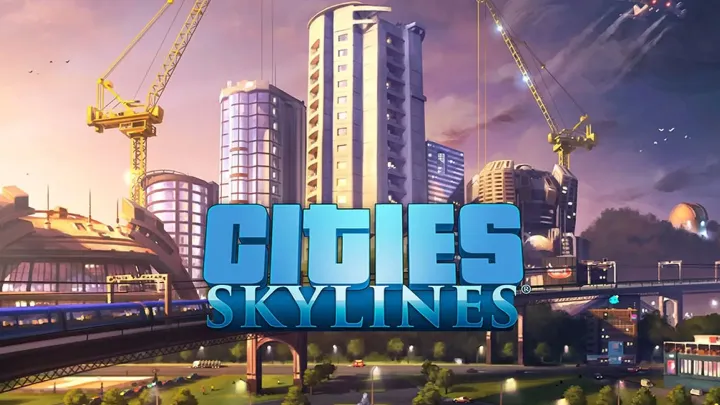
Introduction
Cities: Skylines has emerged as one of the premier city-building simulation games, captivating players with its intricate systems and vast possibilities for urban design. However, as players dive into constructing their dream cities, they often confront the formidable challenge of traffic management. Effective transportation planning is crucial for maintaining a thriving city, yet many players find themselves grappling with severe congestion and inefficiency. This article will explore the complexities of traffic management in Cities: Skylines, analyzing its systems, common pitfalls, and potential solutions for players seeking to streamline their urban environments.
Understanding the Traffic System
The Basics of Traffic Flow
At its core, Cities: Skylines utilizes a comprehensive traffic simulation system that governs how vehicles, pedestrians, and public transport interact in the city. Traffic flow is affected by various factors, including road layouts, zoning, building density, and transportation options. As players construct their cities, understanding the principles of traffic flow becomes essential to prevent bottlenecks and ensure efficient movement.
Types of Vehicles and Their Impact
The game features multiple vehicle types, such as cars, buses, trains, and trucks, each with unique behaviors and impacts on traffic. Cars typically exhibit personal journeys, while public transport options can alleviate congestion. Understanding the dynamics between these vehicles is vital for developing a traffic system that supports a growing population and successfully integrates different transport modes.
Common Traffic Issues
Congestion: The Silent Killer
One of the most frequent dilemmas players encounter is traffic congestion. As cities expand, certain roads can become overwhelmed with vehicles, leading to severe delays and frustration. Identifying the sources of congestion—be it junctions, traffic lights, or inadequate road capacity—is crucial for ensuring smooth traffic flow.
Inefficient Road Layouts
Poorly designed road layouts often exacerbate traffic issues. One-way systems, overly complex intersections, and insufficient exits can create choke points that disrupt traffic patterns. Players must thoughtfully consider road design to avoid unnecessary detours and bottlenecks that can cripple city transport.
The Role of Zoning and Land Use
Zoning Choices Affecting Traffic Patterns
Zoning is an essential part of city-building, as it dictates land use and the types of buildings that can be constructed. Different zones—residential, commercial, and industrial—impact traffic differently. For instance, a densely populated residential area near an industrial zone can lead to significant traffic overflow if workers commute without efficient transport options.
Balancing Land Use and Accessibility
Effective cities require balancing zoning density and accessibility. High-density areas often generate considerable traffic, and inadequate transportation infrastructure can lead to residents struggling to reach their jobs or local amenities. Integrating public transport with residential and commercial zones is vital for minimizing traffic congestion and ensuring that citizens can move throughout the city efficiently.
Public Transport: A Solution or a Band-Aid?
The Importance of Public Transport
Public transport plays a critical role in mitigating traffic congestion. Buses, trams, and metro systems can help reduce the number of cars on the road, provided they are integrated effectively into the urban landscape. Cities: Skylines offers various public transport options that players can tailor to their city's needs.
Addressing Limitations
While public transport can significantly alleviate traffic congestion, it often comes with its limitations. If routes are poorly planned, fail to reach key destinations, or lack sufficient coverage, residents may opt for personal vehicles instead. Consequently, players must strategically develop transport routes to encourage usage while minimizing the load on roads and highways.
Effective Road Design Strategies
Intersections and Traffic Flow
Intersections are critical junctions that can either facilitate smooth traffic flow or create major bottlenecks. Players should focus on designing intersections that minimize conflicts between vehicles, such as roundabouts or traffic circles. These structures can improve traffic flow and reduce collision points compared to traditional intersections.
Diverse Road Types
Utilizing various road types allows players to manage traffic effectively. Highways, arterial roads, and local streets should be strategically interconnected to create a robust road network. Incorporating dedicated lanes—such as bus-only lanes or bicycle paths—can also facilitate smoother travel for different transport methods.
The Impact of Upgrading and Expanding Infrastructure
Road Upgrades as a Tool
As cities grow, upgrading existing roads becomes essential to accommodate increasing traffic volumes. Expanding road widths, adding additional lanes, or converting one-way streets to two-way can enhance traffic flow. However, care must be taken to implement upgrades that do not disrupt existing traffic patterns.
The Challenge of Expansion
While expanding infrastructure can alleviate immediate traffic woes, it can also lead to complications. New roads may disrupt established zones or create new bottlenecks. Players should evaluate expansion plans carefully, considering potential changes to surrounding areas and the overall traffic system.
Utilizing Traffic Management Tools
Using In-Game Tools and Mods
Cities: Skylines offers a variety of in-game tools to help players manage traffic. The traffic management options, such as traffic routes and customizable traffic lights, can help optimize traffic flow. Additionally, the modding community provides various tools that enhance traffic routing and management, enabling more advanced solutions for players looking to tackle complex traffic scenarios.
Evaluating Traffic Reports
Traffic reports within the game offer valuable insights into congestion points and flow patterns. Regularly assessing these reports can help players identify problem areas that require targeted solutions, facilitating a more responsive approach to traffic management.
Real-World Inspirations for Traffic Management
Learning from Urban Planning Principles
Cities: Skylines allows players to explore real-world urban planning principles, integrating sustainable transport solutions and effective zoning strategies. By drawing inspiration from successful transport models in cities around the globe, players can create more livable and efficient urban environments.
Case Studies of Successful Cities
Using case studies from successful cities can provide valuable insights into managing congestion and transportation issues. Players can analyze cities known for excellent public transport systems or innovative traffic solutions, applying these principles to their own creations.
The Future of Traffic Management in Cities: Skylines
Expanding Features and Systems
As Cities: Skylines continues to evolve, the potential for enhanced traffic management systems can enhance gameplay. Future updates could introduce smarter AI for vehicle routing, more complex public transport networks, and additional tools for more nuanced traffic control.
Engaging with the Community for Feedback
The dedicated community surrounding Cities: Skylines has voiced numerous insights and suggestions related to traffic management. Engaging with this community can inform development teams about ongoing issues and desired improvements, leading to a more refined and enjoyable experience for players.
Conclusion
Cities: Skylines offers an expansive and engaging urban simulation experience, yet it presents significant challenges regarding traffic management. Understanding the intricate dynamics of traffic flow, zoning, and public transport is vital for creating thriving urban environments. By adopting effective design strategies and utilizing available tools, players can tackle these challenges head-on, transforming their cities into well-functioning metropolises. As the game continues to evolve, addressing traffic management more thoroughly will further enhance its appeal, ensuring that players can enjoy the full breadth of creativity that the game allows.